Are you searching for the best tiger safari in India? Or perhaps you yearn to connect with India’s magnificent forests and escape the hustle and bustle of daily life?
Kanha Tiger Reserve is renowned for its stunning landscapes, high tiger population density, and dedication to building strong ties with the indigenous communities who safeguard this remarkable area. Read on to discover how you can immerse yourself in the enchantment of Kanha.
This post contains compensated affiliate links. For more information and my full disclosure, please read here.
An Introduction to Kanha National Park, Madhya Pradesh
Nestled in the heart of central India, in Madhya Pradesh, Kanha is relatively unknown to many international visitors. While most tourists flock to the more popular – but overcrowded – tiger safaris at Ranthambhore in Rajasthan, the true essence of the Indian jungle awaits those willing to venture further.
Kanha Tiger Reserve is celebrated as one of India’s premier national parks and tiger sanctuaries. It not only boasts a high density of tigers, enhancing your chances of spotting one, but its blend of lush grassland meadows and sal forests creates an incredibly picturesque safari setting.
The nearest cities to access Kanha are Jabalpur and Nagpur (the latter being in Maharashtra), which are approximately a 2 and 5-hour drive away, respectively.
I visited Kanha with Footloose Journeys, a grassroots travel operator based in Maharashtra. They prioritize sustainable travel and positive impact tourism, ensuring that their safaris are affordable and accessible to those looking to deepen their connection with nature and wildlife.
Note: It’s advisable to book your safari through a local operator in India. Arranging safaris, permits, and guides yourself can be quite challenging, which is why I recommend a company like Footloose Journeys.
The Land of the Tiger – Conservation
Did you know that India encompasses 7% of the world’s remaining biodiversity?
While this number could ideally be higher, India plays a crucial role in conserving the incredible wildlife on our planet, particularly the majestic big cats.
Established in 1971, Project Tiger has been pivotal in advancing tiger conservation efforts across India, with Madhya Pradesh housing the largest population of tigers in the country, alongside groundbreaking responsible tourism initiatives.
Kanha Tiger Reserve has set a benchmark by developing responsible tourism models and was the first national park in India to launch a program encouraging women to become naturalists, offering dedicated training for those interested in wildlife tourism. (If you’ve traveled in India, you may have noticed that 99% of tourism guides are male.)
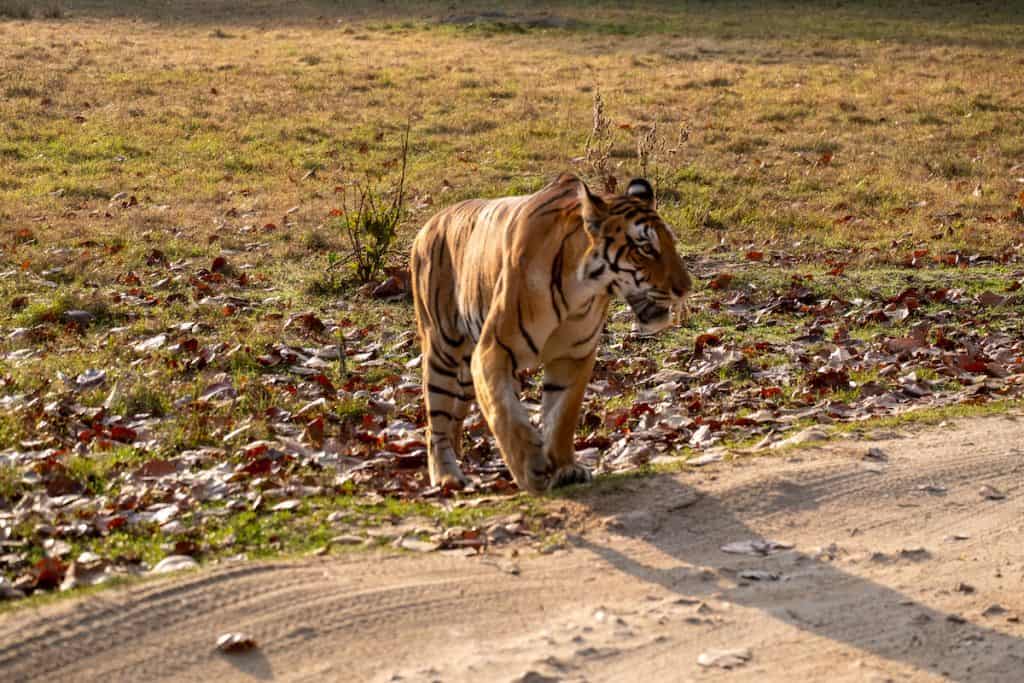
Providing safe habitats for Bengal Tigers to thrive in modern India is no small task. Tigers require vast territories to flourish, and the competition for space between humans and wildlife has never been more intense. Unfortunately, when it comes to prioritizing new highways over wildlife protection, the former often prevails. Luckily, innovations like elevated highways and wildlife crossings in Madhya Pradesh suggest that a balanced solution is achievable.
As wildlife tourism, particularly tiger safaris, demonstrates its economic value, the importance of conservation efforts is increasingly recognized and gaining traction.
Thinking of planning a tiger safari during your trip to India? Check out my top tips for tiger safaris in India here!
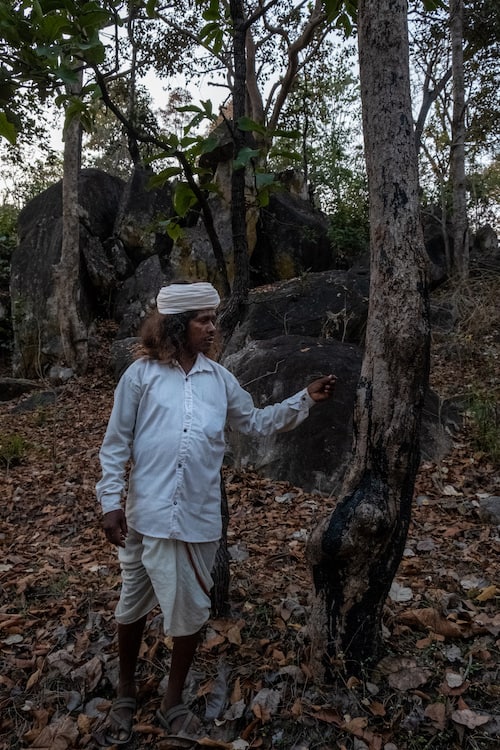
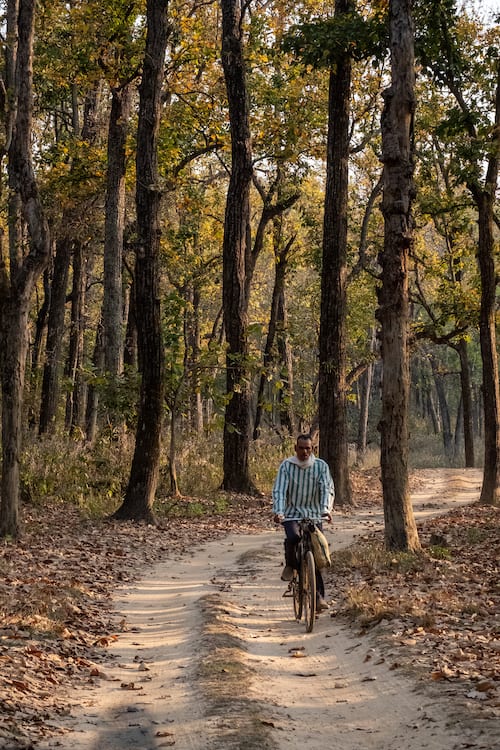
Kanha’s Indigenous Communities – The Baiga Tribe
A significant challenge facing tiger conservation in India is the forced relocation of indigenous communities, who live in harmony with nature, outside national park boundaries to protect wildlife.
This presents a paradox: the very communities that practice sustainable living often lose their lands, while those tribes suffer as their lifestyles erode, making them vulnerable to issues such as alcoholism and exploitation by poachers.
The Baiga tribe, formerly displaced from the core areas of Kanha National Park, has now been allocated land in the buffer zones and is actively involved in Madhya Pradesh’s drive for community-focused and sustainable tourism.
Along with the Gond tribal community, they represent the main tribal groups native to this part of Madhya Pradesh and the nearby Maharashtra border.
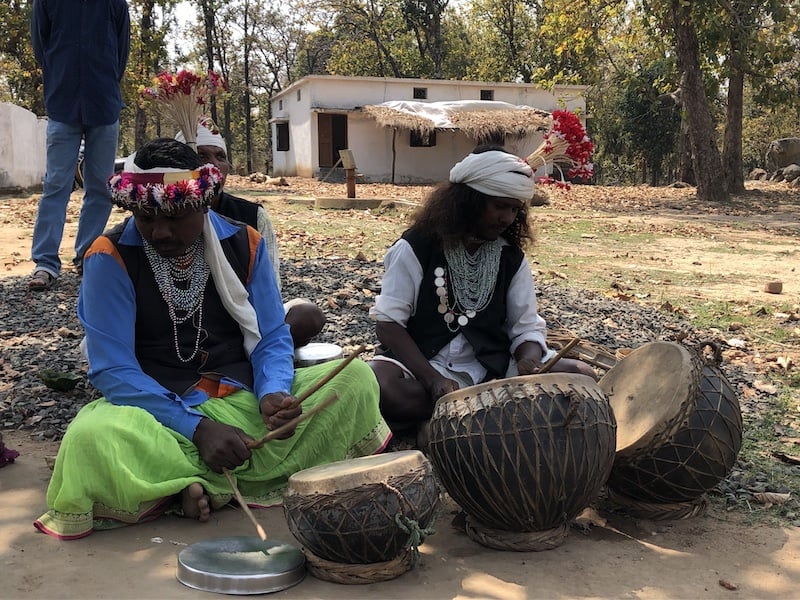
The Baiga community is renowned for its close connection to nature. They take only what they need for sustenance, resisting large-scale agricultural practices and instead planting small patches of crops for their consumption.
Their way of life exemplifies a profound respect for nature, evident in their worship of trees, use of medicinal plants, and practices like eating from compostable leaves and creating fishing baskets.
The Baiga people are true pioneers of a “zero waste lifestyle” — without any of the modern marketing jargon.
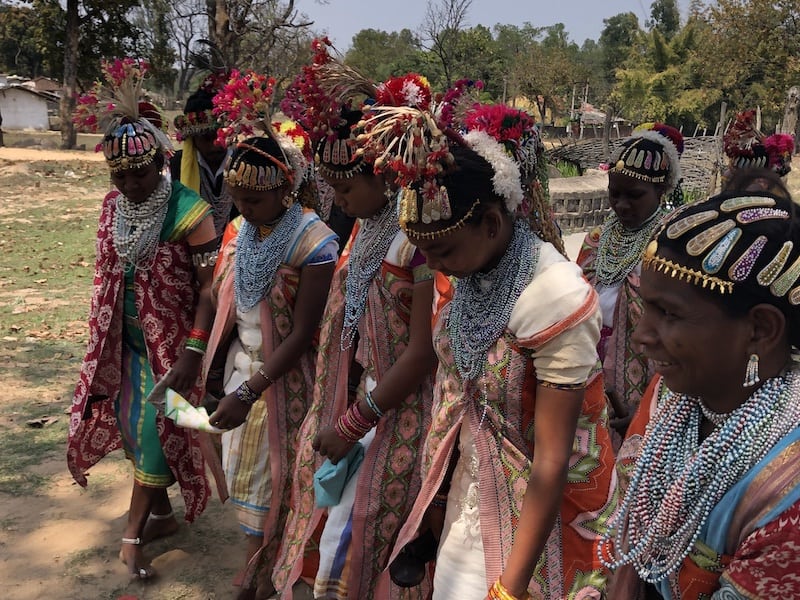
During my visit to Kanha National Park, there were numerous opportunities to learn about Baiga culture. Through my journey with Footloose Journeys, I interacted with the local Baiga chief and visited a Baiga village.
A local artist and guide named Ashish bhai, who has studied the Baiga way of life for years, operates an art gallery showcasing Baiga philosophy, portraits, and their relationship with nature. This gallery can be visited by tourists with prior arrangements. His work highlights the diminishing connection between humanity and the earth, teaching us invaluable lessons from the Baiga life philosophy.
Our first evening in Kanha was spent with Baiga chief Son-Say, who guided us through the forest, pointing out plants and trees central to the Baiga daily life. The Baiga possess a deep knowledge of the forest, reputedly able to walk barefoot and summon tigers at will.
The next day, we participated in village activities like basket weaving and crafting bowls from leaves and twigs, even sampling Mahua (a local flower) alcohol made by the Baiga community.
What struck me most was their profound wisdom about the interconnectedness of nature’s cycles and human life cycles.
The Baiga people celebrate life stages through a single dance performed for births, weddings, funerals, and everything in between — marking both beginnings and endings.
Additionally, they understand the importance of expressing emotions, as Son-Say shared. Ignoring emotions can lead to physical ailments, so the Baiga community encourages open emotional expression.
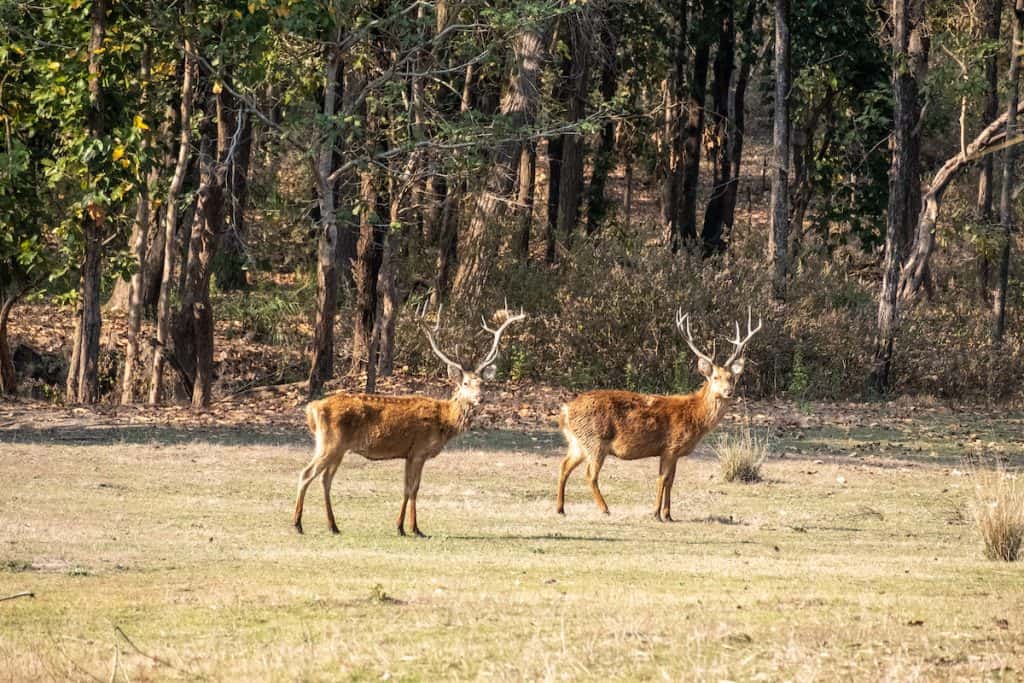
The success of any community-based tourism model hinges on a mutually beneficial relationship for all involved.
As you travel near Kanha, you’ll see signs for “Baiga Villages” where visitors can witness dance performances. While these experiences can contribute to the continuity of Baiga culture, it’s crucial to investigate these opportunities beforehand.
Footloose Journeys has dedicated years to building relationships with local leaders like Ashish bhai and Son-Say, ensuring genuine interactions rather than superficial tourism. In a world where indigenous cultures are often treated as mere “exotic” attractions, it’s vital to support efforts that foster authentic, mutually advantageous collaborations.
Similar to various tribal communities worldwide, the Baiga face numerous challenges. From the encroachment of Western culture disrupting their traditional lifestyles to issues like alcoholism and the impact of modern technology, it’s ironic that contemporary society often undermines those modes of life most in harmony with the planet.
The role of community-based tourism is to elevate indigenous wisdom and culture to the respect they deserve, inspiring others to follow suit.
You can explore the Baiga trails during this journey with Footloose Journeys.
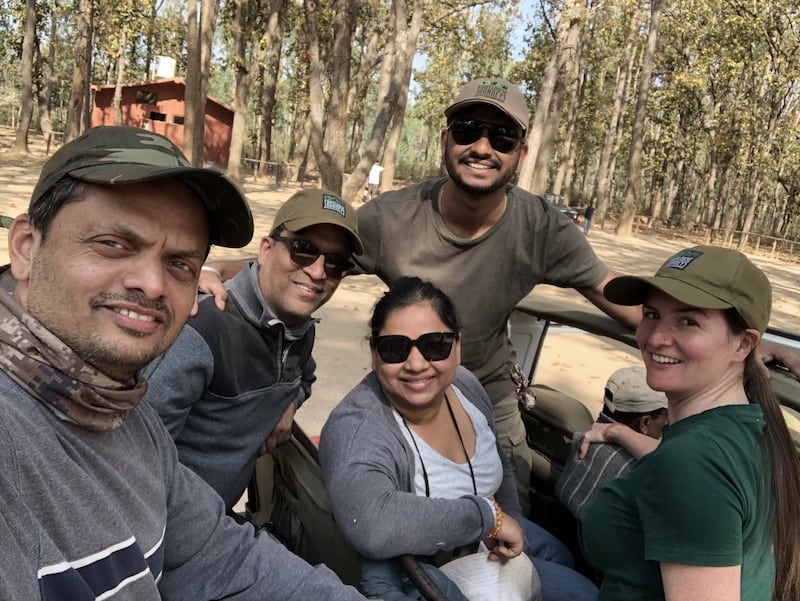
Looking for more tips for your India trip? Explore more on Soul Travel India:
Discovering Rajasthan’s Leopards in Jawai
Rajasthan Itinerary – Craft your ideal Rajasthan Trip
Mumbai Travel Guide – Everything you need to know



